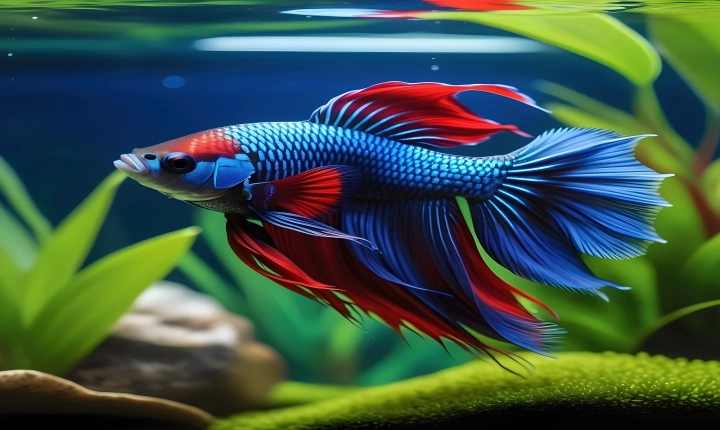Title: How to Create a Free AI Image Generator
Artificial intelligence (AI) has revolutionized the way we interact with technologies, and image generation is one of the many applications that has benefited from AI advancements. Creating an AI image generator can be an exciting project for those interested in machine learning and computer vision. In this article, we will explore the steps to create a free AI image generator using readily available tools and resources.
Step 1: Choose an AI Framework
There are several popular AI frameworks that can be used to develop an image generator, including TensorFlow, PyTorch, and Keras. These frameworks offer a variety of pre-trained models and APIs for image generation. For this project, we will use TensorFlow, which is widely used and has extensive documentation and community support.
Step 2: Set Up the Development Environment
Before diving into the code, it is essential to set up a development environment for AI programming. Install Python and TensorFlow on your computer, and consider using a platform like Google Colab, which provides free access to GPUs for running deep learning experiments.
Step 3: Choose a Model Architecture
For image generation, the Generative Adversarial Network (GAN) is a popular choice. GANs consist of two neural networks – a generator and a discriminator – that are trained to produce realistic images. TensorFlow provides pre-trained GAN models that can be used as a starting point.
Step 4: Collect and Preprocess Data
To train the image generator, you will need a dataset of images. There are numerous sources for free image datasets, such as Creative Commons, Open Images, and Kaggle. Once you have obtained the dataset, preprocess the images to ensure they are in a format suitable for training the model.
Step 5: Train the Model
With the dataset prepared, it’s time to train the GAN model. This step involves setting up the training pipeline, specifying the loss functions, and tuning hyperparameters. Training a GAN model can be computationally intensive, so it’s advisable to use a GPU to speed up the process.
Step 6: Evaluate and Fine-Tune the Model
After training the model, it’s crucial to evaluate its performance and make any necessary adjustments. This may involve visual inspection of the generated images, analyzing the convergence of the training process, and tweaking the model architecture or hyperparameters.
Step 7: Deploy the Image Generator
Once you are satisfied with the performance of the AI image generator, you can deploy it to make it accessible to others. This could involve creating a web interface or an API that allows users to generate images by providing input parameters.
Step 8: Share and Collaborate
Lastly, consider sharing your AI image generator with the community and contributing to open-source projects. By making your image generator freely available, you can encourage collaboration, feedback, and further development of AI image generation technology.
In conclusion, creating a free AI image generator is an achievable project with the right tools and resources. By following the steps outlined in this article, you can develop an AI image generator that leverages the power of machine learning and contributes to the growing field of AI-driven image generation.
